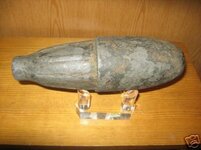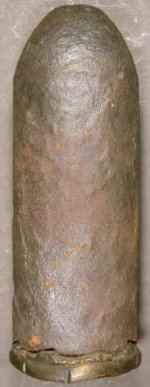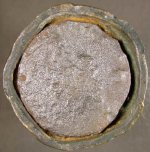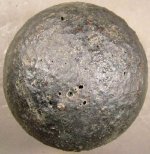castletonking
Full Member
I was curious folks, and I know theres probly a million reasons,but how old does iron need to be,before its black all the way through,almost crystalized and fragile as glass? I live less than a 1/4 mile from the Revolutionary war fort Warren in Vermont,and I find curious iron items all the time.I have no idea if any of them have anything to do with fort Warren or the people of the time,or if the pieces are from the 50's or 60's.The pieces are found in average soil.






